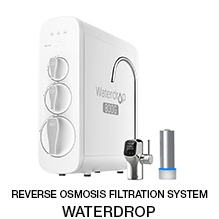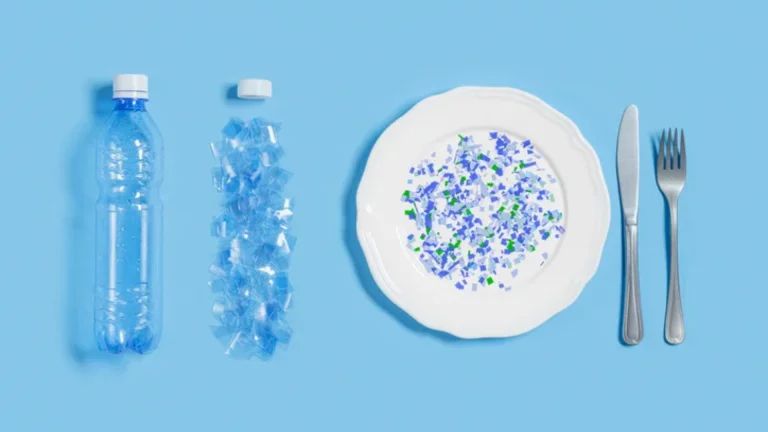- Exposure to Forever Chemicals (PFAS) during pregnancy is linked to metabolic syndrome in children, leading to obesity, high blood pressure, and abnormal cholesterol levels, increasing the risk of chronic diseases like cardiovascular disease and type 2 diabetes.
- PFAS can be found in drinking water, food, consumer products (like non-stick cookware and water-resistant clothing), household dust, and airborne microplastics.
- Reduce PFAS exposure by using reverse osmosis based water filters, avoiding stain-resistant products, choosing PFAS-free consumer items, reducing plastic use, and using HEPA air purifiers.
Forever chemicals, technically known as per- and polyfluoroalkyl substances (PFAS), are a group of human-made chemicals that have been in use since the 1940s. These substances are found in a variety of everyday products, including non-stick cookware, water-repellent clothing, stain-resistant fabrics, and some firefighting foams. PFAS are termed "forever chemicals" because they do not break down in the environment and can accumulate over time in the human body, leading to potential health risks.
The Impact of PFAS on Pregnant Mothers and Children
Recent studies have highlighted significant concerns regarding the impact of PFAS exposure on pregnant mothers and their developing babies. Exposure to these chemicals during pregnancy has been linked to a variety of adverse health outcomes in children. A study published in JAMA Network Open found that prenatal exposure to a mixture of endocrine-disrupting chemicals, including PFAS, is associated with elevated levels of metabolic syndrome in children aged 6 to 11. Metabolic syndrome includes conditions like obesity, high blood pressure, high blood sugar, and abnormal cholesterol levels, which are precursors to chronic diseases such as cardiovascular disease and type 2 diabetes in adulthood. Another study emphasized that children exposed in utero to high levels of these chemicals had significantly higher rates of obesity and metabolic abnormalities compared to those with lower exposure levels. This exposure can lead to long-term health issues, highlighting the critical importance of mitigating exposure during pregnancy.
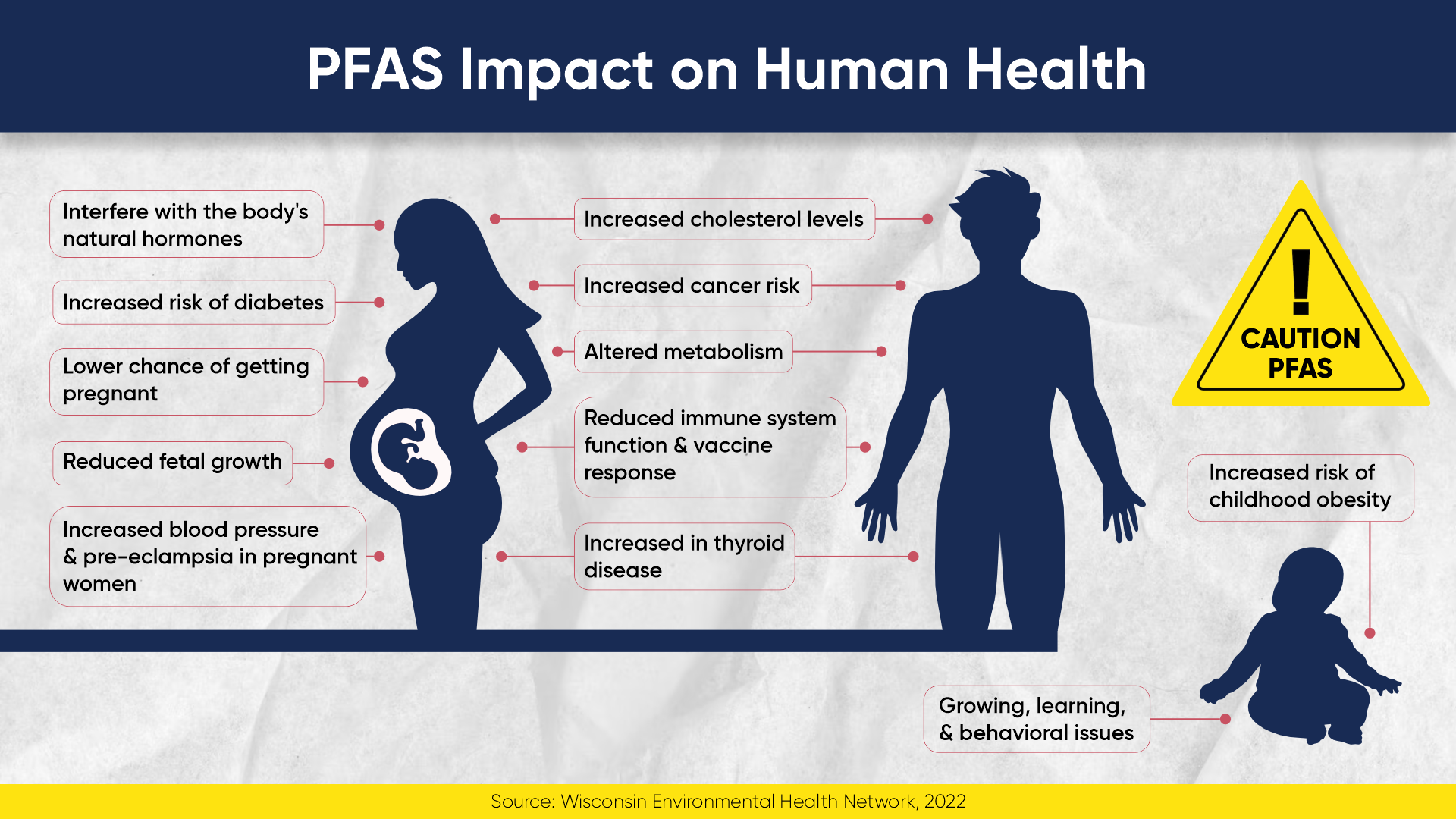
Sources of PFAS Exposure
PFAS are ubiquitous in the environment, they enter the body through various means, making them difficult to avoid:
1. Drinking Water: PFAS can leach into groundwater and contaminate drinking water supplies. This is a significant source of exposure in many communities.
2. Food: Food can be contaminated with PFAS through soil and water used in agriculture, food packaging materials, and food processing equipment.
3. Consumer Products: Everyday items such as non-stick cookware, water-resistant clothing, and stain-proof fabrics often contain PFAS.
4. Household Dust: PFAS can accumulate in household dust, leading to exposure through inhalation.
5. Airborne Microplastics: PFAS have been detected in airborne microplastics, which can be inhaled and contribute to overall exposure.
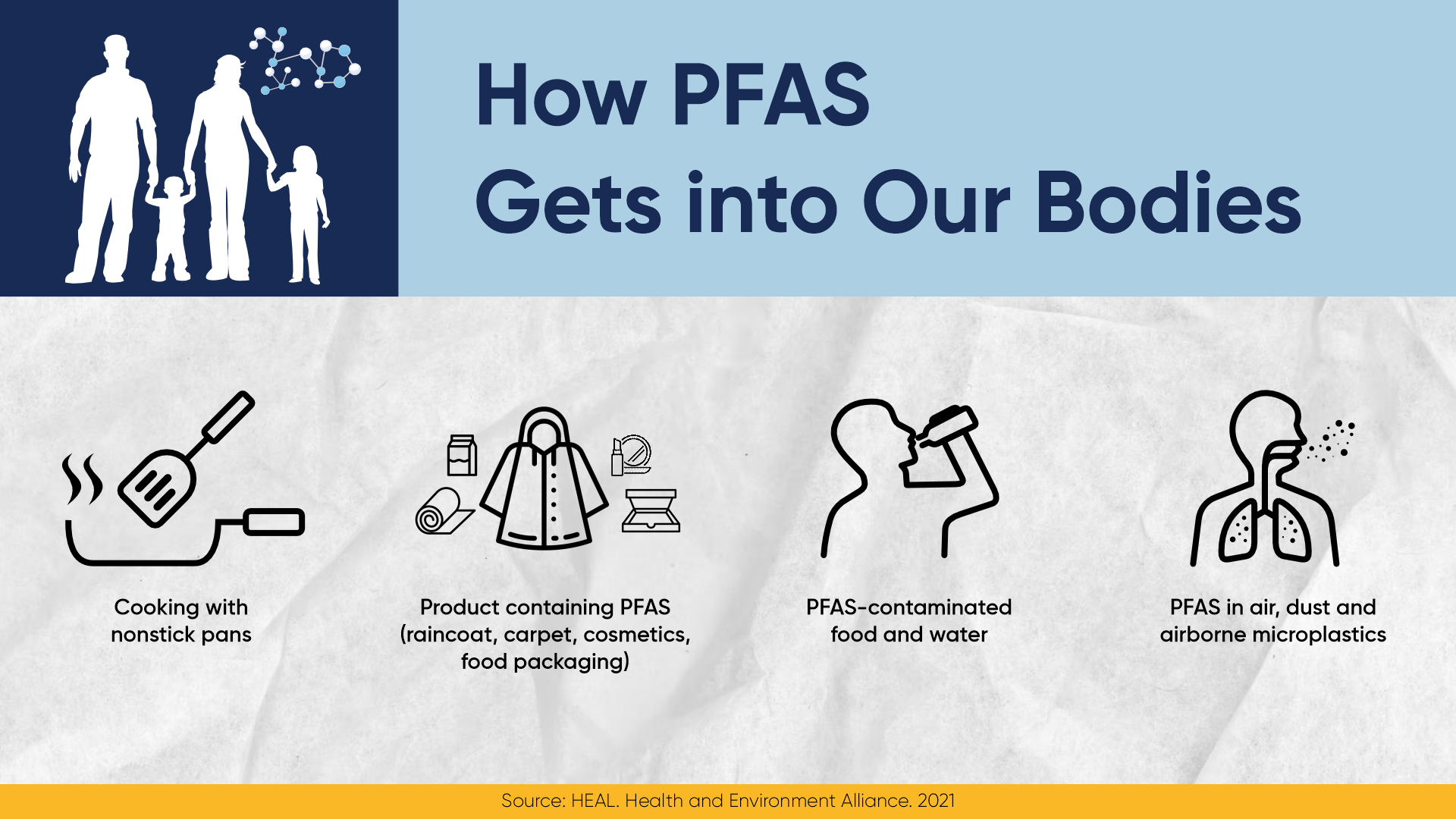
Health Consequences of PFAS Exposure
The health impacts of PFAS exposure are varied and can affect numerous body systems. These chemicals are known to disrupt hormonal functions, leading to reproductive health issues and developmental delays in children. PFAS exposure can weaken the immune system, reducing the body's ability to combat infections. Long-term exposure has also been linked to chronic diseases, including liver damage, thyroid disease, and certain types of cancer. Given these potential health risks, it is vital to understand and mitigate exposure to these persistent pollutants.
Mitigating PFAS Exposure
Reducing exposure to PFAS, especially during pregnancy and early childhood, is crucial. Here are some steps that can help mitigate exposure:
1. Filter Drinking Water: Use water filters that are certified to remove PFAS from drinking water. It's also wise to filter bottled/gallon water and drinks kept in plastic containers, as they may contain unsafe levels of microplastics and PFAS. A recent study conducted by researchers from the University of Columbia underscores the extent of the issue, stating that the average bottle of water contains a staggering 240,000 pieces of cancer-causing nanoplastics – a revelation that surpasses previous estimates by a staggering factor of 100.
2. Avoid Stain-Resistant Products: Reduce the use of stain-resistant carpets, upholstery, and waterproofing sprays to minimize PFAS exposure.
3. Be Cautious with Food Packaging: Limit the consumption of food items packaged in materials that may contain PFAS, such as certain fast-food wrappers and microwave popcorn bags.
4. Choose Safer Consumer Products: Opt for PFAS-free cosmetics, personal care products, and household items. Check labels and manufacturer information to identify safer alternatives.
5. Reduce Plastic Use: When possible, use glass or ceramic containers for storing and heating food instead of plastic ones that may contain PFAS.
6. Use HEPA Air Purifiers: To reduce exposure to airborne PFAS and microplastics, use HEPA air purifiers in your home, which can capture fine particles from the air. One study discovered that we might inhale around 16.2 microplastic particles per hour, equivalent to swallowing a credit card's worth each week!
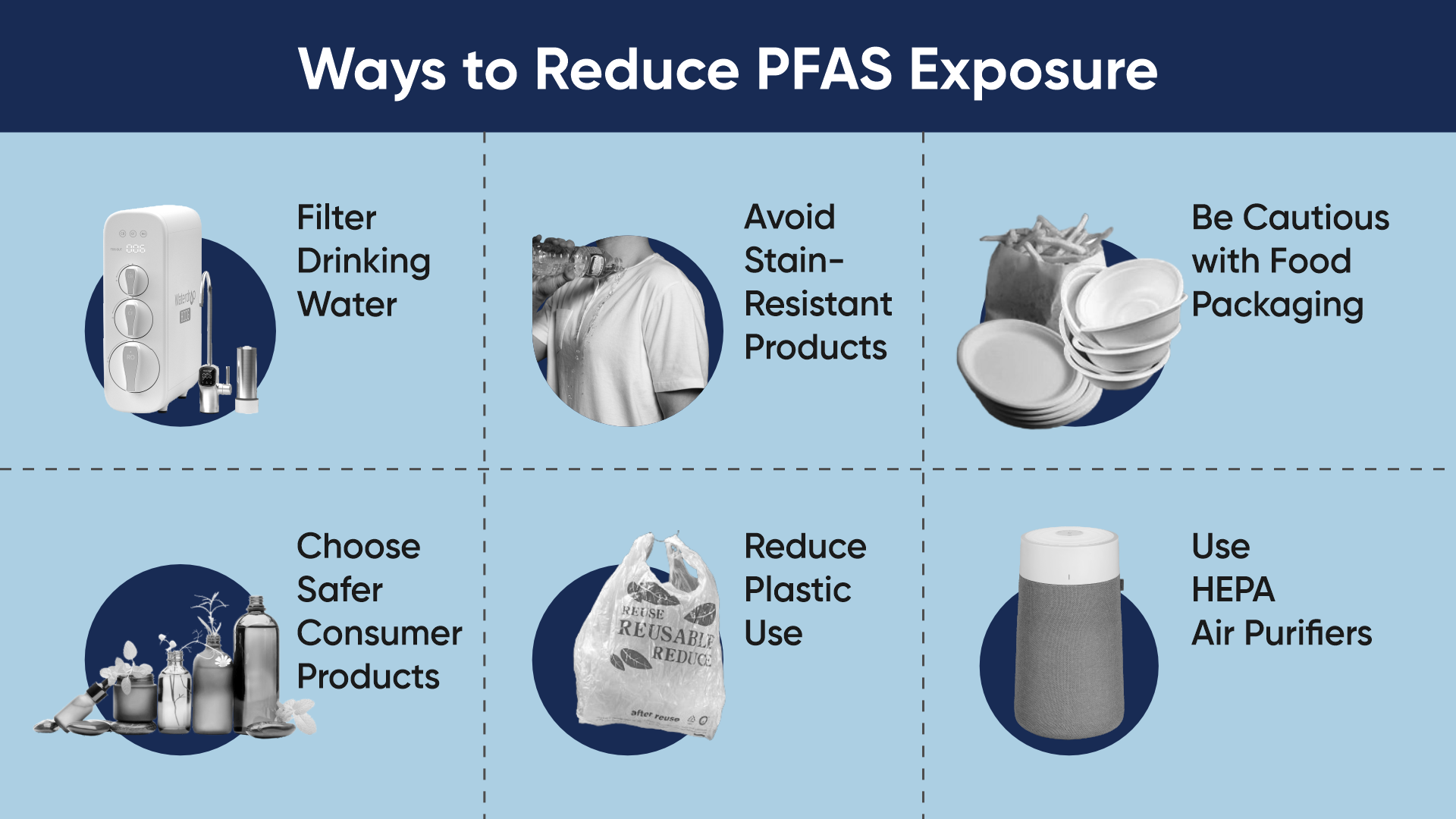
By staying informed and taking proactive steps, housewives and expectant mothers can significantly reduce their and their families' exposure to these harmful chemicals, promoting a healthier environment and better long-term health outcomes.
Practical Tips for Housewives and Expectant Mothers
- 1. Stay Informed: Regularly check for updates on PFAS regulations and safety guidelines from reliable sources.
- 2. Healthy Cooking: Opt for stainless steel or cast-iron cookware instead of non-stick pans to avoid PFAS.
- 3. Safe Cleaning: Use natural cleaning products and avoid those with "fluoro" or "perfluoro" ingredients.
- 4. Filter Water: Invest in a good water filtration system and encourage regular testing of your water supply.
- 5. Smart Shopping: Choose products labeled as PFAS-free and be mindful of packaging materials.
Useful Resourcess
- https://edition.cnn.com/2024/01/08/health/bottled-water-nanoplastics-study-wellness/index.html
- https://www.fastcompany.com/90955013/you-breathe-in-a-credit-cards-worth-of-microplastics
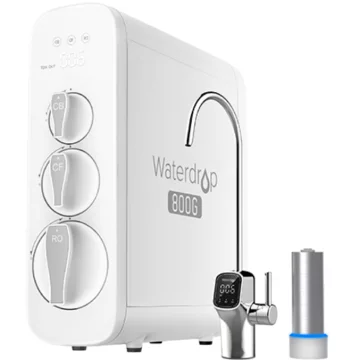 Waterdrop G3P800 Reverse Osmosis Water Purifier with UV Sterilizing Light (Filter Air Minum RO)Special Price Rp. 17,296,000 Regular Price Rp. 18,800,000
Waterdrop G3P800 Reverse Osmosis Water Purifier with UV Sterilizing Light (Filter Air Minum RO)Special Price Rp. 17,296,000 Regular Price Rp. 18,800,000
 Blueair Blue Pure Max 3250i Air Purifier with Particle + Carbon Filter - Small Room - 20 m²Special Price Rp. 3,790,500 Regular Price Rp. 3,990,000
Blueair Blue Pure Max 3250i Air Purifier with Particle + Carbon Filter - Small Room - 20 m²Special Price Rp. 3,790,500 Regular Price Rp. 3,990,000


